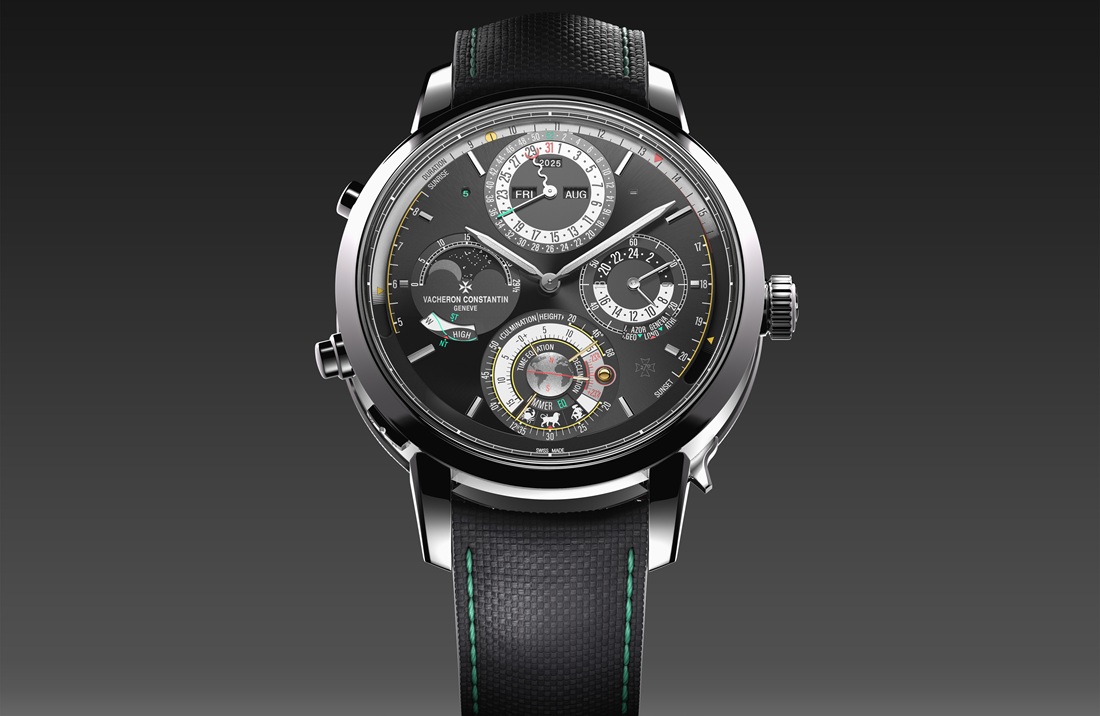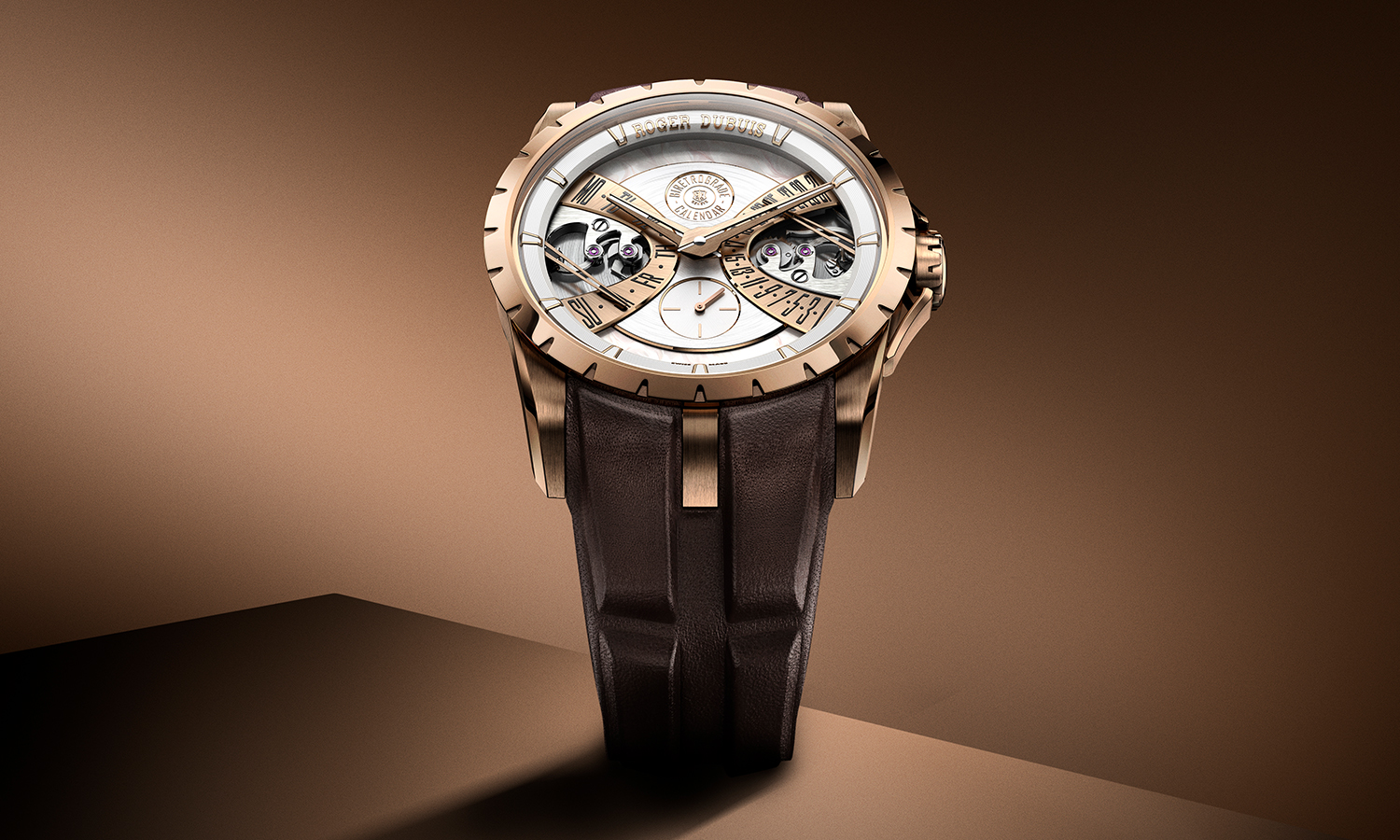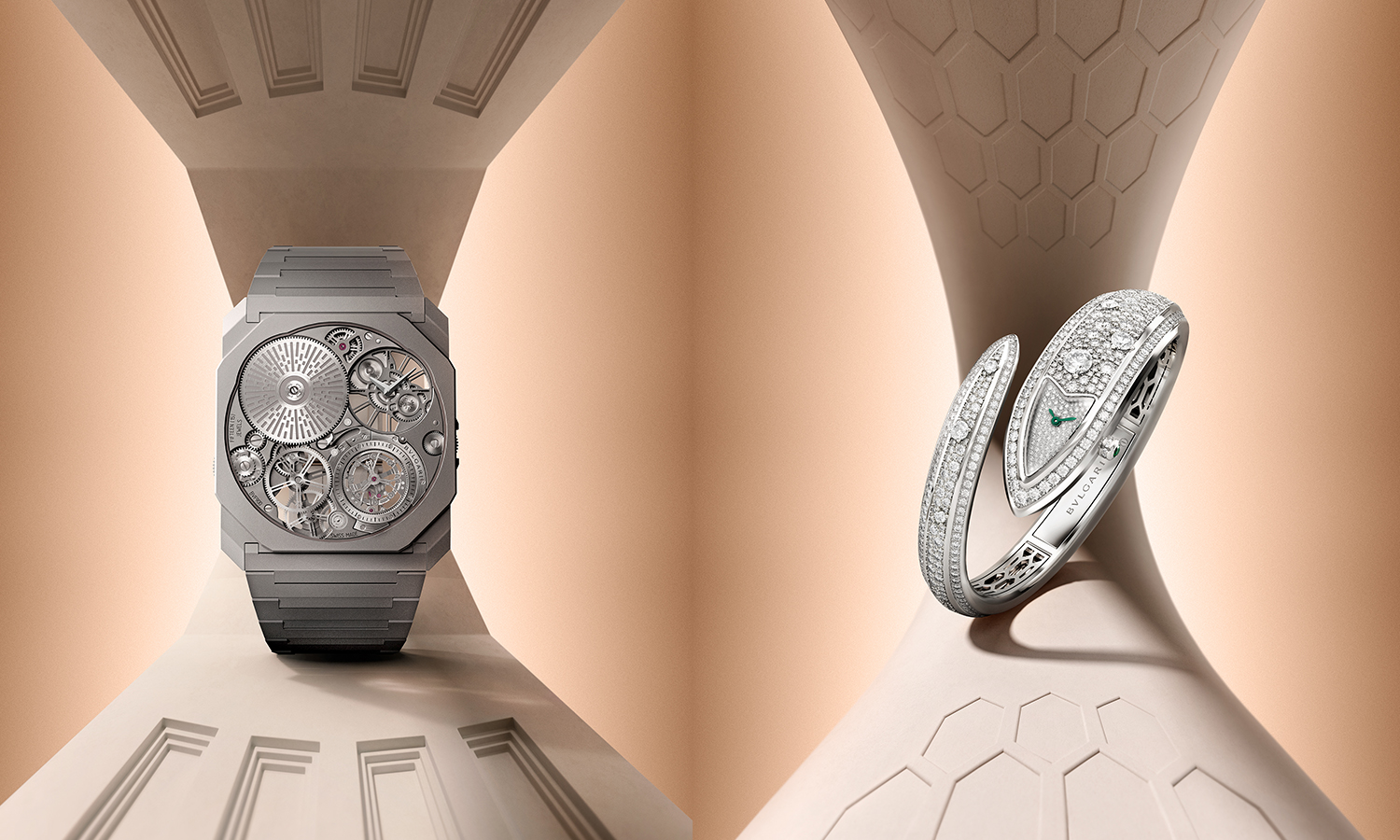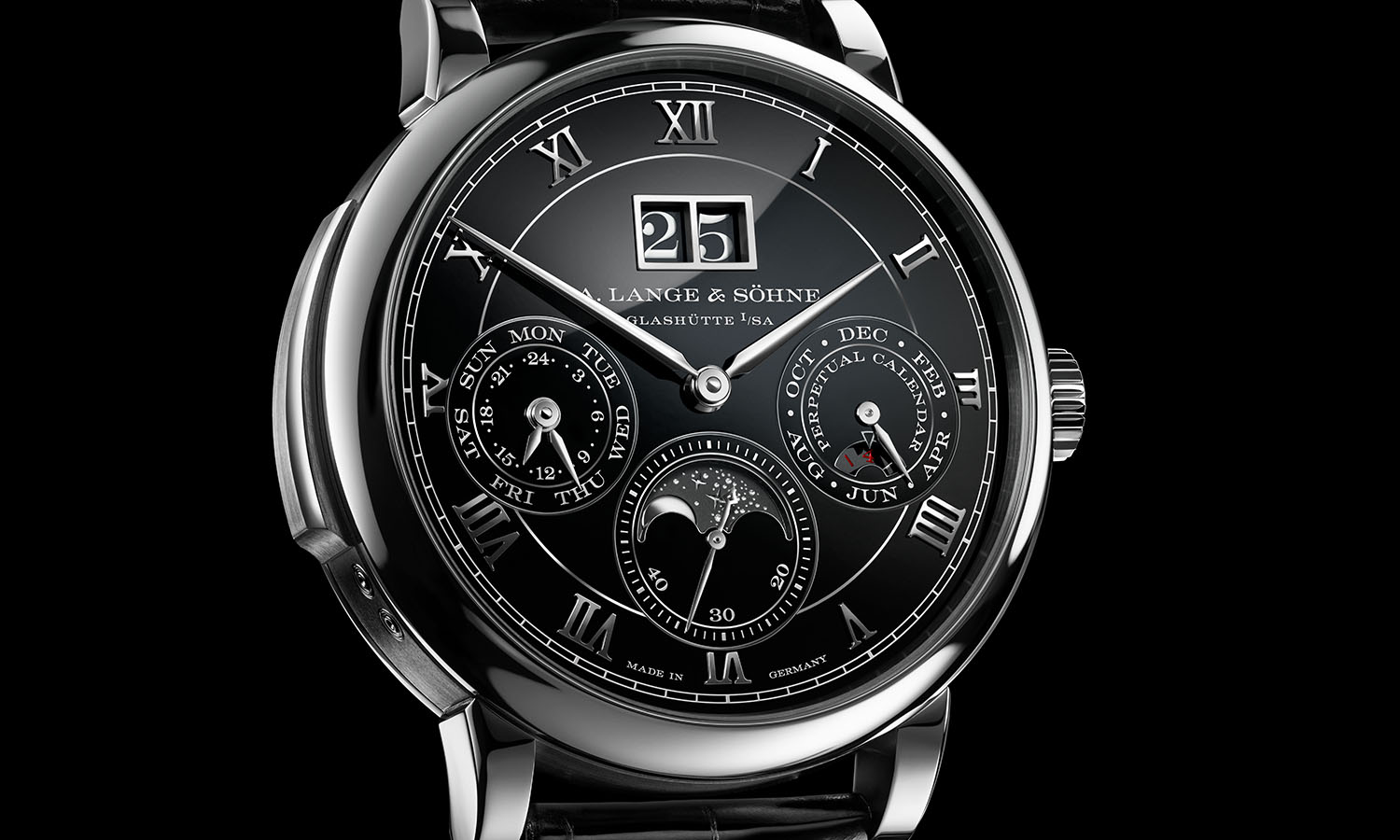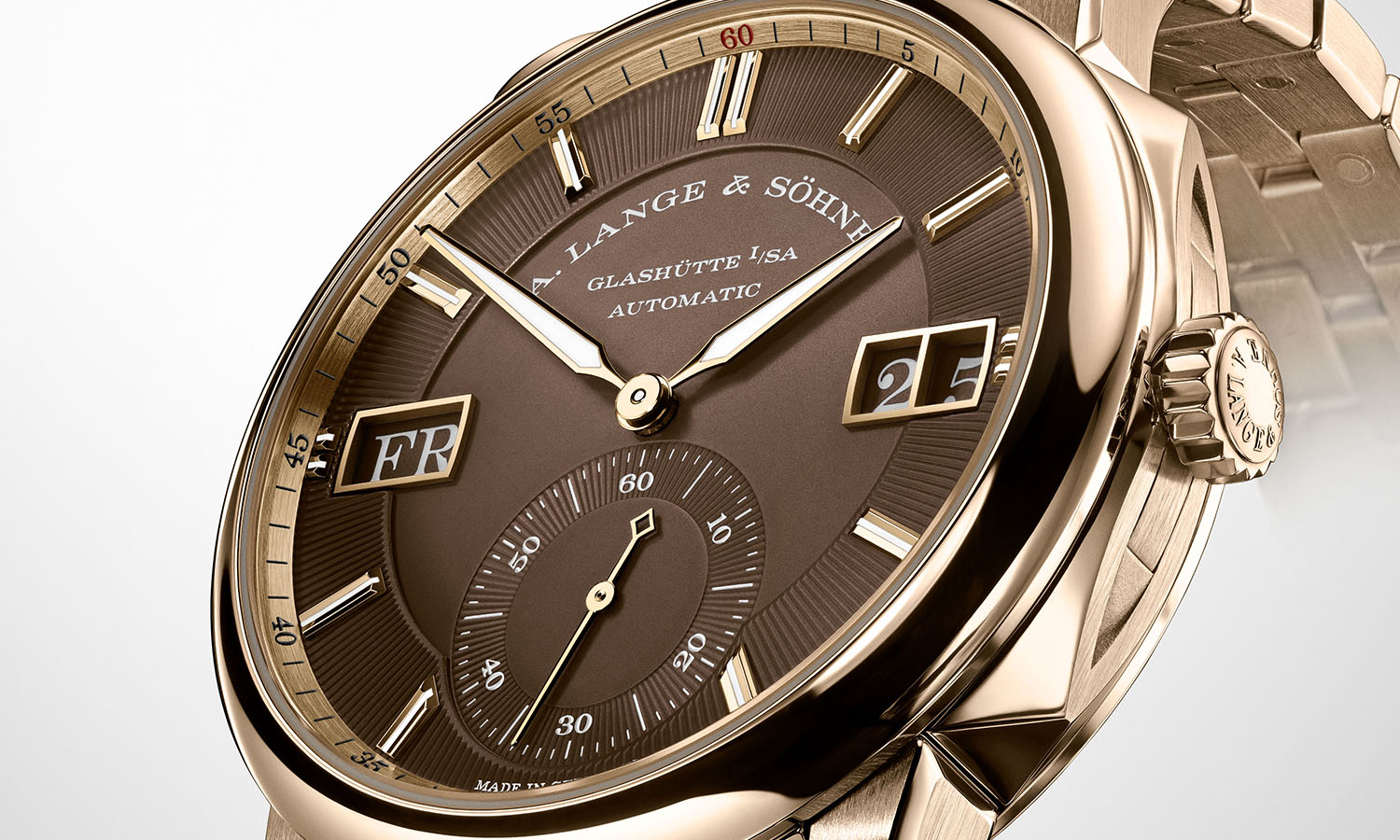
Glashütte Original Alfred Helwig Tourbillon 1920; Showing Off In Understatement
Recognizing a tourbillon is often relatively easy, as most brands proudly showcase this regulating device. They do this by either leaving an opening on the dial side or even skeletonizing the entire movement. For their latest creating did Glashütte Original take another road, as the only indication on the front of the watch that is fitted with such a device is the word tourbillon in the sub-seconds display at six o’clock. This is all the more exceptional, as Glashütte Original created this watch to mark the 100th anniversary of the flying tourbillon, which was created by one of Glashütte’s most famous watchmakers; Alfred Helwig.
Helwig took the design initially developed by Abraham-Louis Breguet and was able to create it with only a single anchor underneath it. As a result of this, it could go without a top bridge and gives the impression that it appears to be flying within its cage. Today, this is still a very popular style of making a tourbillon. Glashütte Original takes the classic approach, with a manual wind movement, fitted with the traditional Glashütte three-quarter plate. It is fitted in a 40mm rose gold case that subscribes to the same classic school. It seems to be a proper way to commemorate such a major achievement from the past, as is to not show the tourbillon on the dial side.
This gives the watch a very understated appearance, as most people will see it as a simple classic gold watch. While the tourbillon’s design may be a century old, the movement also has more modern features such as a 100-hour power reserve. Alfred Helwig taught at the German Watchmaking School Glashütte, whose building is owned since 2008 by
Glashütte Original. It is not more than fitting that also in these workshops, the exceptional Alfred Helwig Tourbillon 1920 is made in a limited edition of only 25 pieces.
 SIGN UP
SIGN UP




